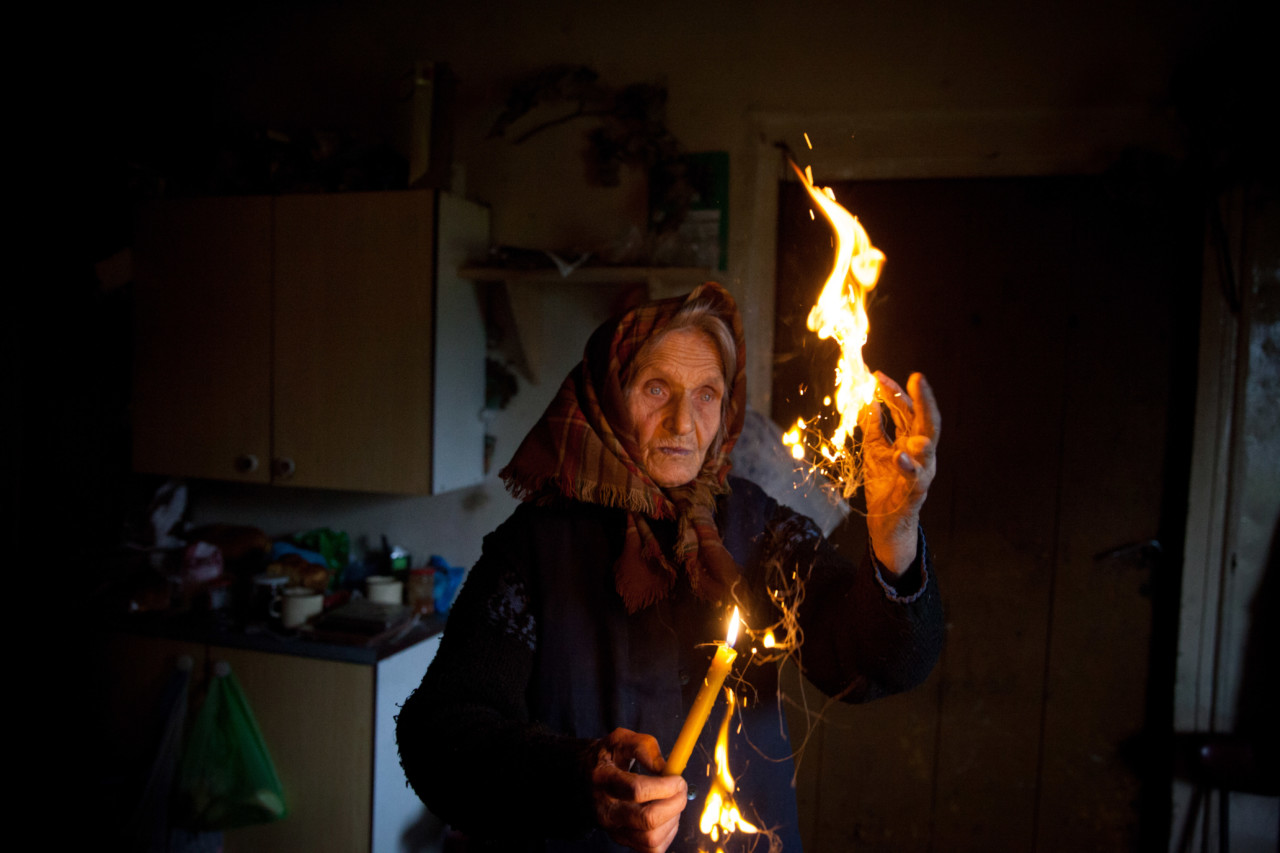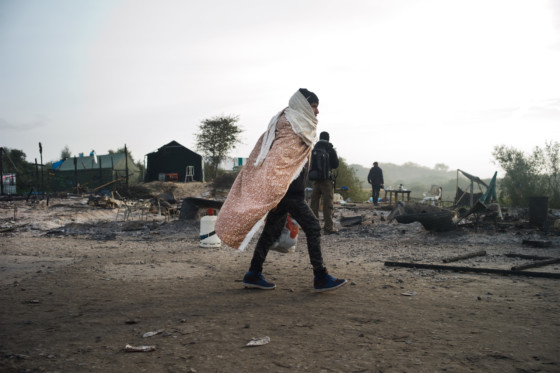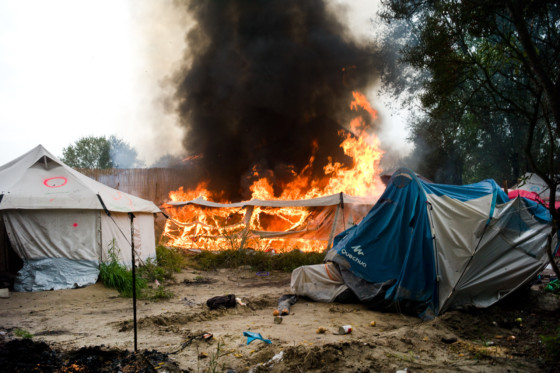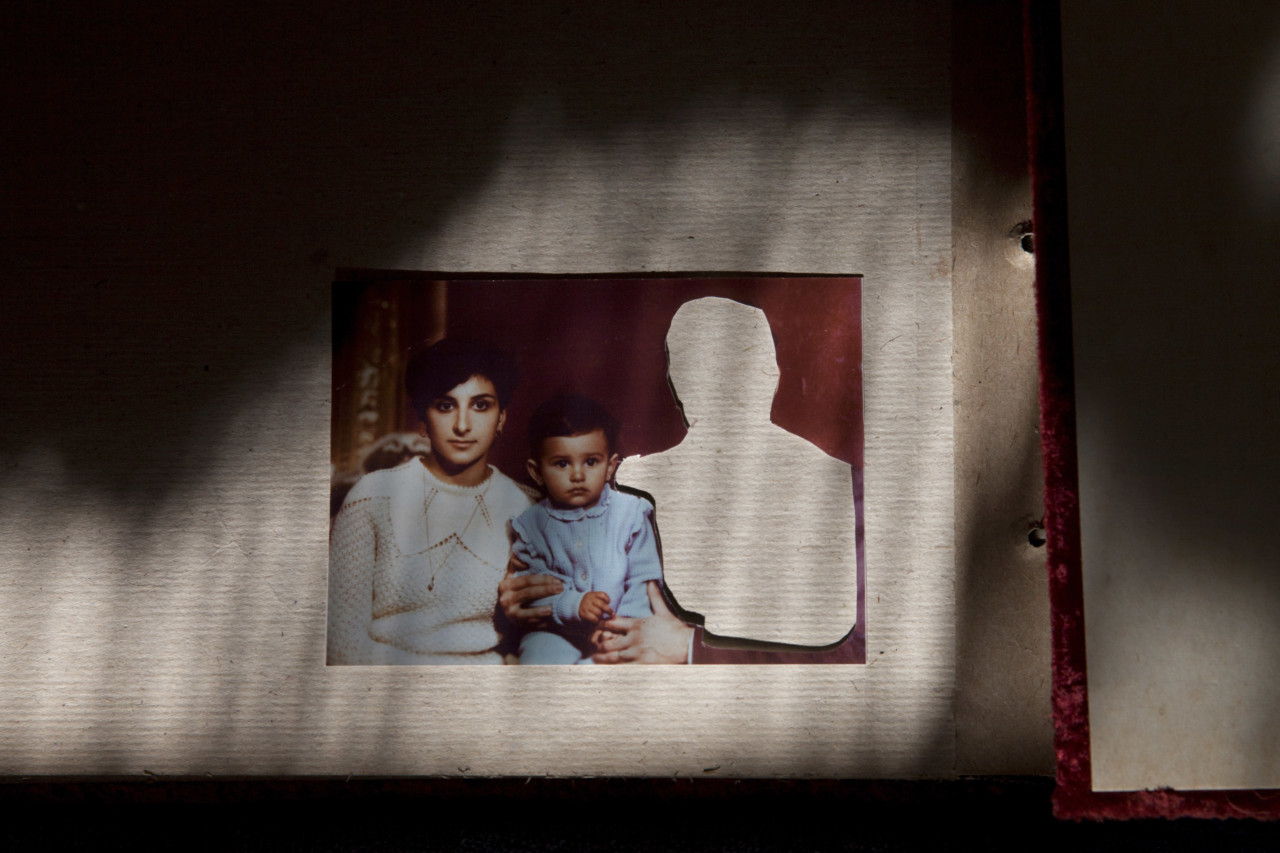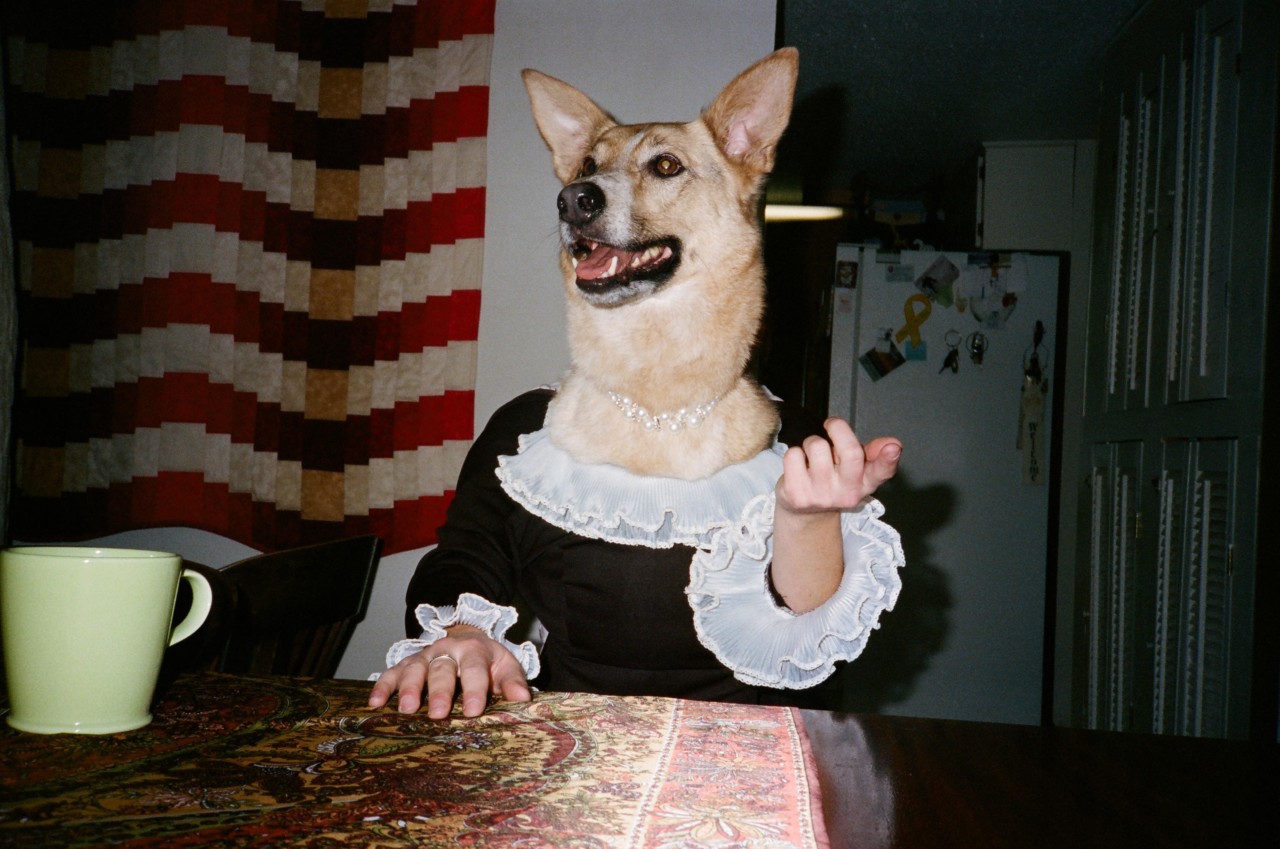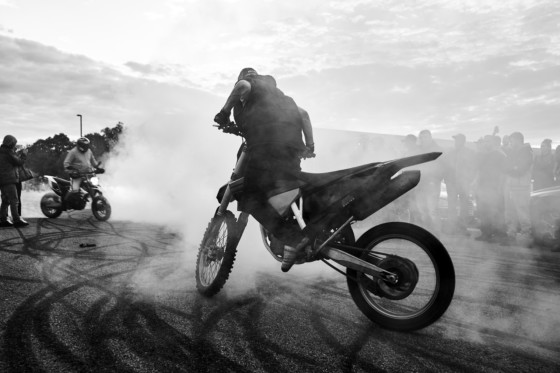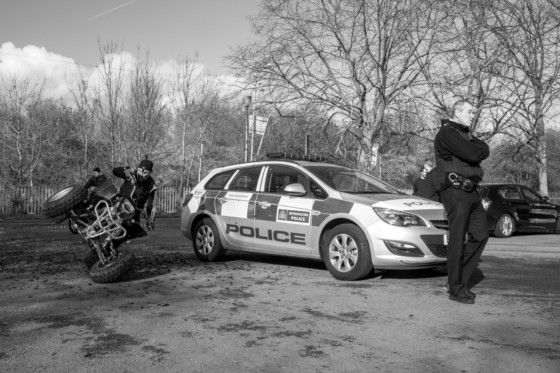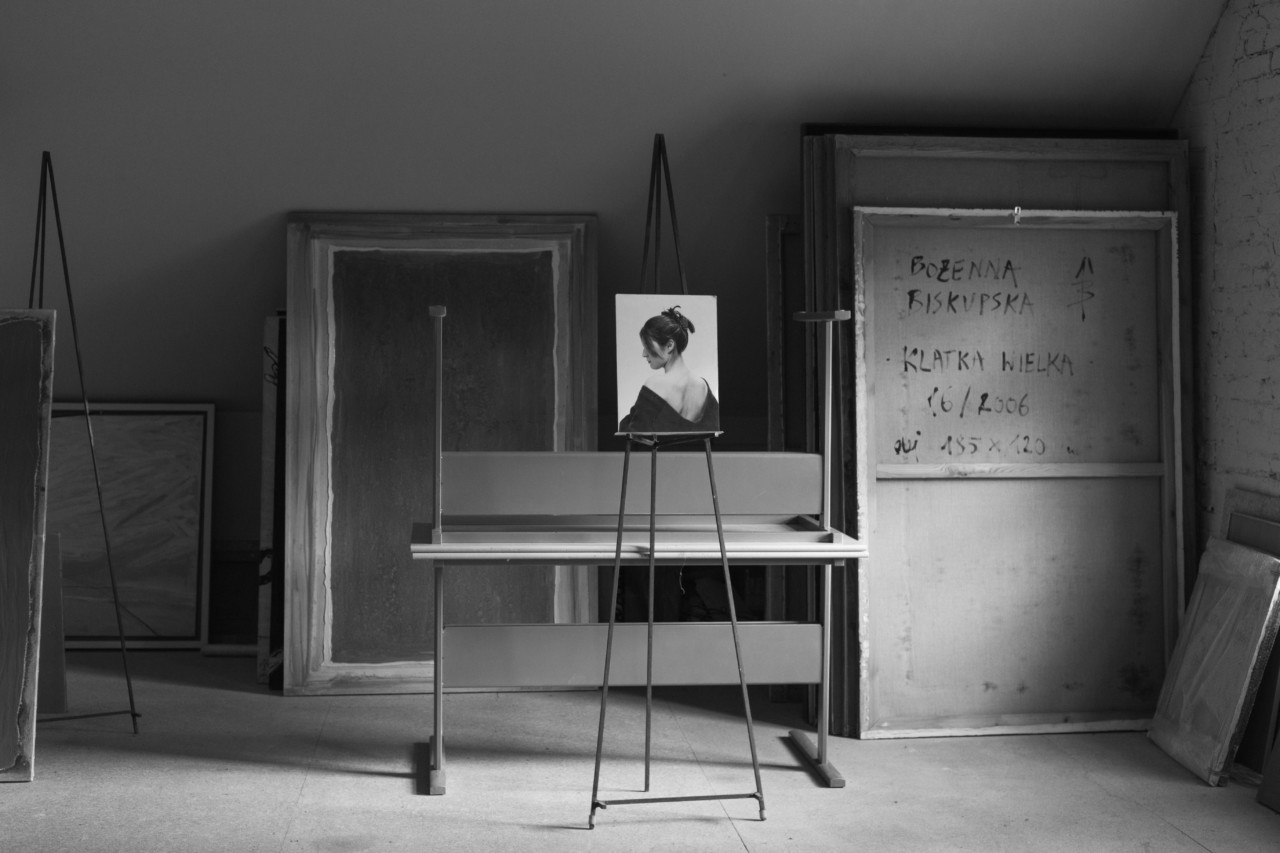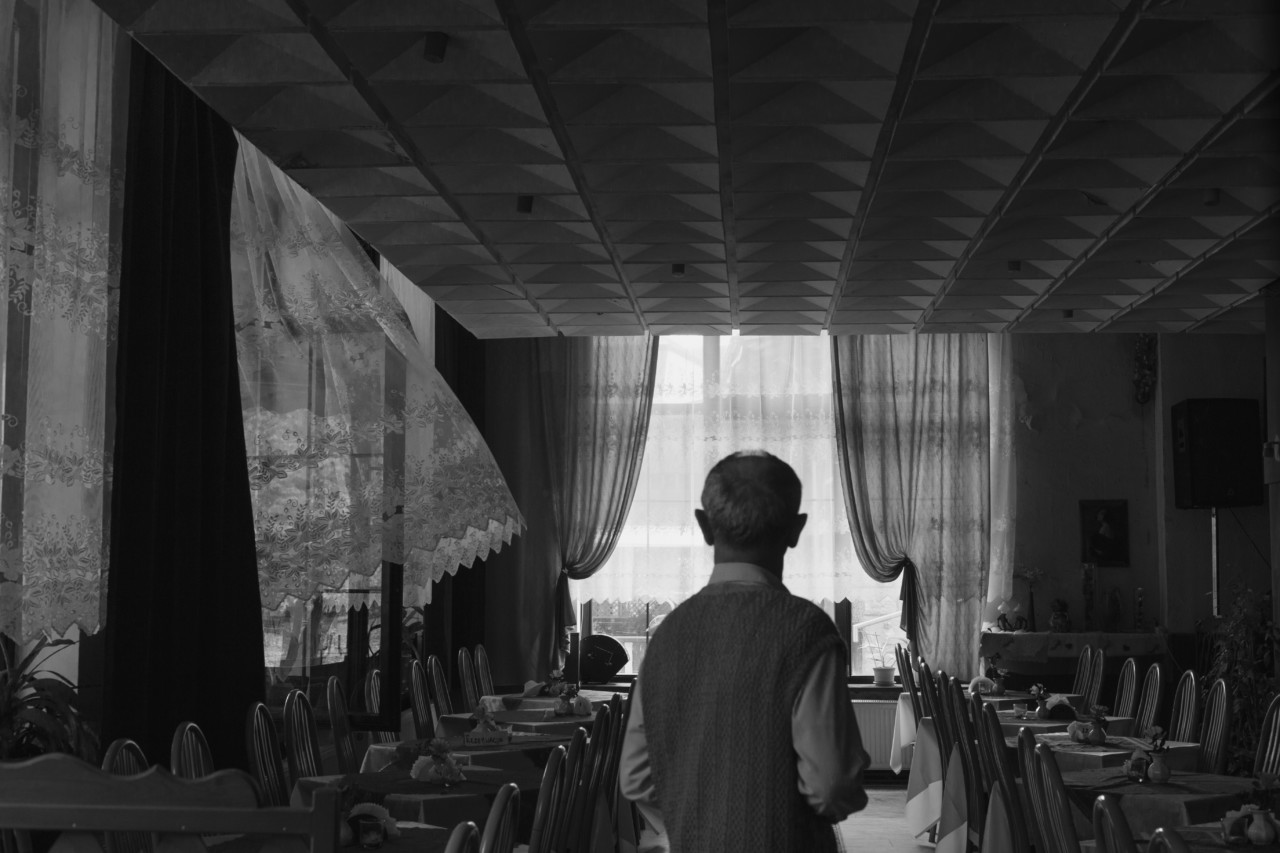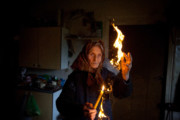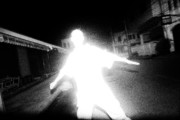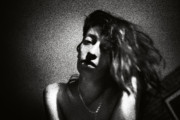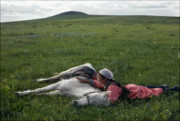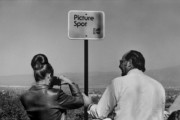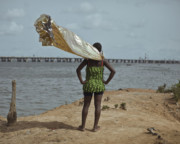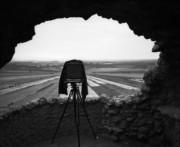Professional Practice: Editorial Photography
5 take-away lessons from the 'A – Z of Editorial Photography' Professional Practice Workshop
When the World Press Photo Foundation released their latest State of News Photography report in November 2016, following a survey of 1,991 photojournalists from more than 100 countries and territories, one trend came as no surprise to most photographers. Despite reporting high job satisfaction, many photojournalists are self-employed and struggle to generate adequate income from their photography.
Helping photographers to navigate the ever-changing editorial market, which struggles to fund long-form journalism, Magnum is committed to providing realistic and practical training. The first in a series of Professional Practice workshops, hosted by Magnum and The British Journal of Photography, focused on demystifying the business of the photographic industry, offering a ready-made network of industry leaders and peers, as well as identifying realistic routes into and ways to sustain photographic employment. 40 attendees came to the Magnum Print Room in London for a two-day intensive workshop, but here, we present five takeaway learnings to help emerging photographers everywhere.
Unexpected ideas
Hamish Crooks, Global Licensing Director at Magnum Photos, presented an overview of a constantly evolving media landscape and a list of practical things that photographers needed to do to sustain themselves. Top of his list was the ability to generate good ideas. “Ideas are the currency of our industry. Once you can prove you can take a picture, it is your list of intelligent and unexpected ideas that will sell you to an editor,” he said.
Focus on the work
Magnum nominee Diana Markosian left workshop participants deeply moved with a presentation that showcased her personal and poetic work.
The group laughed when she said she often doesn’t feel like a photographer because she rarely carries a camera. She explained that it isn’t the images that move her, it’s the people. Only when there is a connection, does she make an image.
When asked what advice she would give to a young photographer starting his or her career she said, “Slow down. Find your voice, and stay true to it – that’s what will separate you. Everything else will follow.”
Shoot assignments like personal projects
Emma Bowkett, Director of Photography at the FT Magazine and Port Magazine talked about working with some of the world’s best photographers and respecting their vision. Her advice was to shoot an assignment as though it were personal work. “I have worked with some great photographers. Davide Monteleone, for example, can make a three day shoot look like a long term project. Shoot the assignment the way you want to shoot it, not the way you think I would want you to. Don’t second guess it. Follow the brief but add a few surprises.”
Get Social
When asked which social channels photographers should be using, Emma only half-jokingly said “all of them”. “Photographers should be spending time curating their Instagram feed, and using Facebook, it is incredibly useful for an editor to be able to see where you are and what you are working on, because these days everyone is looking at Facebook.”
Diversify your skill set
Alexia Singh, Freelance Picture Editor, who has worked for Reuters, Magnum and Save the Children, finished up the first day of the workshop with a presentation that drew on her diverse experience. Her key piece of advice was to diversify your skill set. “If you want to pay the bills through photography, learn how to shoot video, use a GoPro, 360 panoramas, VR. Learn how to edit films using Premiere Pro, Avid and Final Cut Pro. Even if your real love is photography, you will be far more employable if you have a range of skills.”
A second day of group portfolio reviews provided photographers with the chance to present their work in more detail to the team of experts and their peers, sparking much discussion around next steps for their projects and careers.
Attendee, Alice Schoolcraft, said of the event: “I felt that this workshop seemed like the perfect place to get some new opinions and guidance on how to bring [my project] to the next level and, at the same time, how to specifically approach the editorial market. The diversity of the attending photographers made it a really open environment, and getting the opportunity to hear everyone’s personal journeys, both in the past and present, left me motivated to work harder while providing me with some insights from a professional stand point.”


